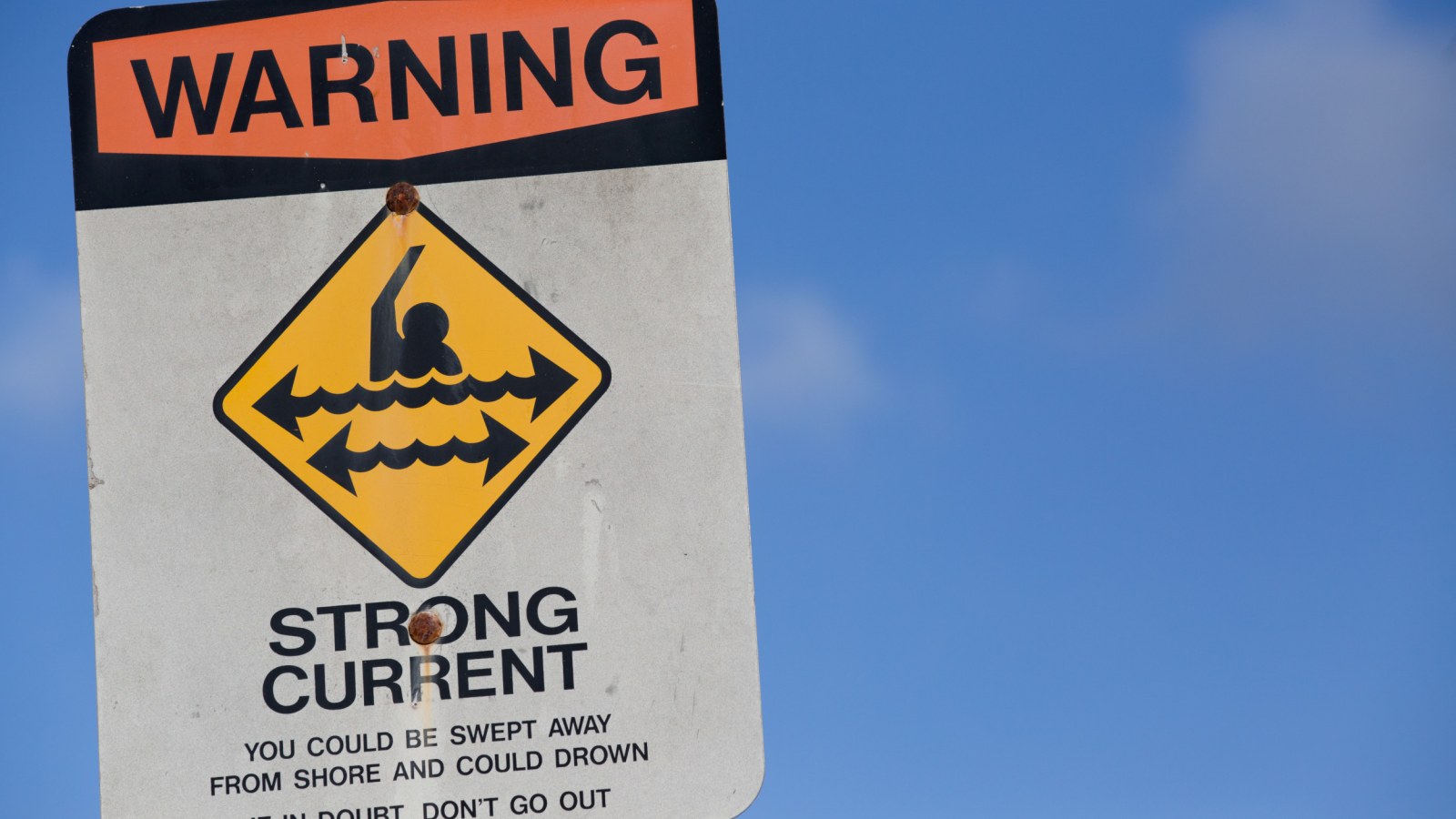By Anna Skinner
Copyright newsweek

Hundreds of thousands of people along Florida’s eastern coast were urged to stay out of the water on Tuesday amid dangerous rip currents.”The winds are pretty calm, so it’s not driven by winds blowing directly at the coast,” National Weather Service (NWS) meteorologist Donal Harrigan, who works at the Miami office, told Newsweek. “It’s swell from the low-pressure area in the western Atlantic. There are waves being generated far off near that low pressure and then funneled down the Eastern Seaboard. Those increased wave heights, when they reach the coast, churn up the surf and end up causing some increased rip [currents].”Why It MattersNational Weather Service (NWS) coastal hazard messages alerting people to the dangers present at several of the Sunshine State’s popular beaches. The NWS alerts were in place from Boca Raton north through Daytona Beach.Rip currents flow out toward the ocean and can quickly pull swimmers away from the shore. They typically form at breaks in sandbars and near structures like piers and jetties. According to the National Oceanic and Atmospheric Administration (NOAA), rip currents can travel at speeds of up to 8 feet per second, faster than an Olympic swimmer.What to KnowThere’s a high rip current in risk for the following Florida beaches:
Volusia County beaches
Brevard County beaches
Indian River County beaches
Saint Lucie County beaches
Martin County beaches
Palm Beach County beaches
The coastal hazard messages were issued by the NWS offices in Melbourne and Miami.The Melbourne office warned that the rip current risk would persist through late Tuesday night.”Rip currents can sweep even the best swimmers away from shore into deeper water,” NWS Melbourne said in the statement.The alert went on to tell people that “entering the surf is strongly discouraged.” Beachgoers were told to “heed the advice of lifeguards, beach patrol flags and signs.”The NWS office in Miami said the high rip current risk will persist through Wednesday evening.The alert said if people went into the water, they should swim near a lifeguard.What People Are SayingNWS Melbourne in a coastal hazard message: “Rip currents are powerful channels of water flowing quickly away from shore, which occur most often at low spots or breaks in the sandbar and in the vicinity of structures such as jetties and piers. Heed the advice of lifeguards, beach patrol flags and signs.”NWS Miami in a coastal hazard message: “If caught in a rip current, relax and float. Don’t swim against the current. If able, swim in a direction following the shoreline. If unable to escape, face the shore and call or wave for help.”What Happens NextThe advisories were expected to expire either Tuesday night or Wednesday night, depending on location.



